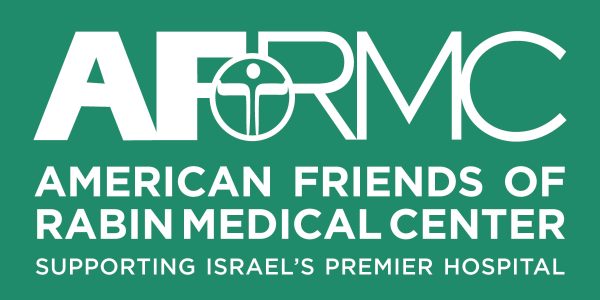
Aortic stenosis, wherein the valves of the heart don’t fully open, has long been a bane of the cardiology community, which has historically resorted to risky open-heart valve-replacement surgery or simply deemed aortic stenosis patients inoperable.
But in recent years, transcatheter aortic valve replacement – which, in a nutshell, inserts a stent into a narrowed or collapsed valve – has gained momentum as a minimally invasive next-generation solution.
Unlike surgical aortic valve replacement, which involves opening the patient’s chest to replace the aortic valve, a TAVR can performed through very small incisions, using a catheter to insert the new valve.
While TAVR procedures are already changing some treatment protocols, they’re hardly flawless. Post-operative complications such as calcification, valve migration, abnormal heart rhythms and paravalvular leaks have been known to increase stroke risks – and are limiting both the deployment of TAVR devices and their anticipated expansion to younger patients.
To that end, the National Institutes of Health’s National Institute of Biomedical Imaging and Bioengineering has awarded a $3.8 million grant to Danny Bluestein, a biomedical engineering professor at SBU’s College of Engineering and Applied Sciences, who is working with colleagues around the world to develop new materials and devices designed to optimize TAVR procedures and reduce those post-op complications.
The five-year grant – bestowed upon Bluestein and collaborators at the University of Arizona’s Sarver Heart Center, Tel Aviv University and Israel’s Rabin Medical Center – is based on Bluestein’s proposal to the NIBIB, titled, “Biomechanical Approaches and Technologies for Enhancing TAVR Outcomes.”
His primary target: calcific aortic valve disease, a major health issue that, left untreated, commonly leads to severe aortic stenosis and, ultimately, heart failure.
Calling it a “translational project,” Bluestein referenced international research that will combine imaging, computational and experimental techniques in an effort to “guide pre-planning and tailor TAVR procedures for achieving significantly better patient outcomes and reduce their ensuing complications.”
Team Bluestein – which also includes his SBU-based Biofluids Research Group – is also looking to break entirely new ground with a “disruptive technology,” according to the biomedical engineer, who said an ancillary objective of the years-long study will be the creation of “next-generation polymeric valves specifically optimized for TAVR.”
Source: https://www.innovateli.com/the-future-of-heart-surgery-in-the-palm-of-his-hand/
